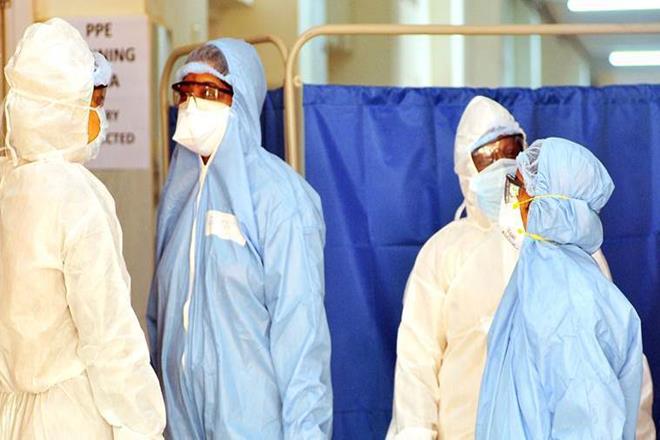Amidst the various debates on COVID-19 one issue on which clear agreement can be reached is that policy should respond to new evidence from latest research, particularly when the new broad trends emerge from not one but several studies. In the earlier stages of the COVID-19 the policy responses were dominated by the fatality rate figure of over 3 provided by the WHO and the Imperial College models which predicted a very large number of COVID-19 deaths in the USA and U.K. But these estimates are hardly being used now as so much new research has been conducted with much better credibility.
In the more recent debates the high-end estimate that has been often given is that of a fatality rate of one. This has been presented as ten times that of the fatality rate of ordinary influenza( which has been generally mentioned at 0.1 . It is important to note that the fatality rate of one is now seen as the estimate on the high side. There is a lot of recent research which places the fatality rate of COVID-19 at around 0.1 per cent or 0.2 per cent, close to or not significantly higher than that for ordinary flu. This can be seen in the recent research of Stanford University involving very reputed scientists such as Prof. John loannidis and Prof. Jay Bhattacharya and their colleagues.
In addition over 20 eminent scientists have individually questioned the high-end fatality rates for COVID-19 . This includes such celebrated and highly cited ones like Dr. Sucharit Bhakdi ( Germany ) who has taken a strong stand against very strict measures based on exaggerated fatality estimates. These scientists have pointed out, among other things, how mere presence of COVID-19 virus has been wrongly interpreted as definitive cause of death, even among very elderly persons suffering from several other ailments.
The German Network of Evidence Based Medicine, an association of scientists, researchers and medical professionals with around 1000 members said in a statement on March 20 that the currently measured rate for Germany at 0.2 per cent is more than the commonly believed fatality rate of 0.1 per cent for influenza but in two recent years for Germany the Robert Koch Institute estimated the case fatality rate for influenza to be much higher at 0.4-0.5. The Case Fatality Rate of 0.2 per cent for COVID-19 is lower than this.
This German association further pointed out that in 2017-18 in Germany 5 million influenza infections were reached in 15 weeks, implying that number of infected people would have doubled every 4.4 days. This is similar to what was seen recently for COVID-19 in this country, but in 2017-18 there were no lockouts and no excessively high burden on health system was reported.
A fact known to scientists to decades but which could not find adequate space in media discussions has been that every year corona viruses infect tens of millions of people at world level. While COVID-19 as a new entry to the corona virus family and hence may have several surprises and imponderable, it is nevertheless important to know that we have been living with its cousins, if not brothers, for decades ( at least).
All this of course is no reason to let down our guard or to reduce precautions. The need for precautions like washing hands frequently and maintaining social distance should be re-emphasized. However it is possible to maintain these precautions to a large extent without committing to a shutdown of most livelihood activity. Several scientists have been emphasizing the need for a community-based response which has played an important role in the success achieved in Kerala and elsewhere. An important contribution has been made by a team of 8 scientists ( with Dr. Pranab Chatterjee as the lead author ) from leading institutions in India who have written a review article on COVID-19 in the latest issue of the Indian Journal of Medical Research calling for a community-based and people-centric approach.
By adopting such an approach it will be possible to adopt a balanced approach in which the needs of livelihood protection, food security and care of all urgent ailments can be combined with essential precautions needed for controlling spread of COVID-19. In India normal number of deaths from all causes per day has been around 27000 ( twenty seven thousand ) per day while the number of deaths from COVID-19 since its outbreak has been around 75 per day. If shutdowns lead to a 10 per cent hike in mortality due to hunger, poverty, stress and denial of essential medicines and treatment for other serious ailments then this can translate into 2700 extra deaths per day due to non-COVID causes.
A balanced approach which combines strong community-based maintenance of essential precautions with democratic norms, livelihood protection and food security can be successful in limiting COVID-19 damage while also avoiding extra mortality from other causes.








